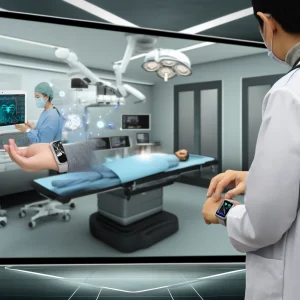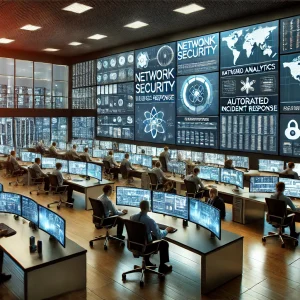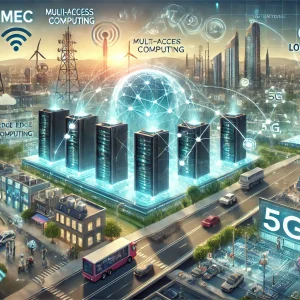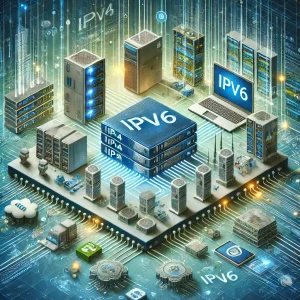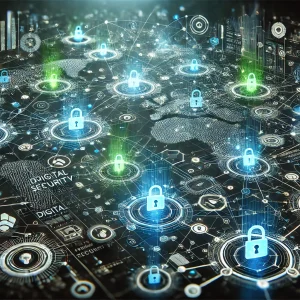
In our digital age, where data breaches and cyber threats are on the rise, “Securing the Future” has become more than a catchphrase; it’s an imperative for every organization. As these threats evolve in sophistication and frequency, enhancing security protocols is critical to safeguard sensitive data and maintain network integrity.
The Current Landscape of Network Security
Networks today face an array of cyber threats. Malware, ransomware, phishing attacks, and distributed denial-of-service (DDoS) attacks are just the tip of the iceberg. Recent high-profile breaches have demonstrated that even the most secure networks can fall victim to sophisticated cyber-attacks, proving that traditional security measures are often inadequate.
Fundamentals of Network Security Protocols
Core to network security are protocols such as Transport Layer Security (TLS), Secure Sockets Layer (SSL), and Internet Protocol Security (IPSec). These protocols are designed to protect data as it travels across the internet and other networks. However, as cyber threats have advanced, these protocols have shown limitations, struggling to keep up with new types of cyber-attacks.
Advanced Security Measures for Networks
To truly embrace “Securing the Future,” networks must adopt more advanced security measures:
- Encryption Enhancements: The development of quantum-resistant algorithms is crucial as quantum computing becomes more prevalent. These new encryption methods ensure that data remains protected even against the most cutting-edge decryption methods.
- AI and Machine Learning: These technologies are revolutionizing network security. By integrating AI and machine learning, systems can predict and preemptively counteract threats before they manifest.
- Zero Trust Architecture: This security model operates on the principle that no entity should be trusted by default, regardless of its location relative to the network’s perimeter. This approach is vital in a landscape where threats can originate from anywhere.
Implementation Challenges and Solutions
While upgrading to advanced security protocols is essential, it comes with its own set of challenges:
- Integration Issues: Merging new technologies with existing systems can be complex and disruptive. Organizations must ensure compatibility and minimize downtime during the transition.
- Cost Implications: Advanced security solutions can be expensive. However, the cost of a security breach often far exceeds the investment in these technologies. Strategic planning and phased implementations can help manage these costs.
- Training and Compliance: Ongoing training is crucial for staff to understand and effectively implement new security protocols. Additionally, organizations must comply with national and international cybersecurity regulations, which can vary widely and change frequently.
Future Trends in Network Security
As we continue “Securing the Future,” several trends are shaping the evolution of network security:
- Predictive Security Measures: The future of network security lies in predictive analytics, which uses data analysis tools to predict where attacks may come from and which resources they might target.
- IoT and Edge Computing: With the exponential growth of IoT devices and edge computing, security protocols must evolve to handle the increased volume and variety of data processed outside traditional data centers.
Case Study: A Practical Application
Consider a multinational corporation that recently implemented a state-of-the-art cybersecurity protocol incorporating AI and predictive analytics. By doing so, they were able to identify potential security threats from seemingly benign data patterns, allowing them to thwart a major cyber-attack. This proactive approach not only saved them from potential financial losses but also from severe reputational damage.
Conclusion
“Securing the Future” is not just about defending against what we currently know but also about preparing for the unknown challenges ahead. By embracing advanced security protocols and investing in new technologies, organizations can protect themselves against the next generation of cyber threats. Let this be a call to action: it is time to advance our cybersecurity measures to ensure a safer future for all.
